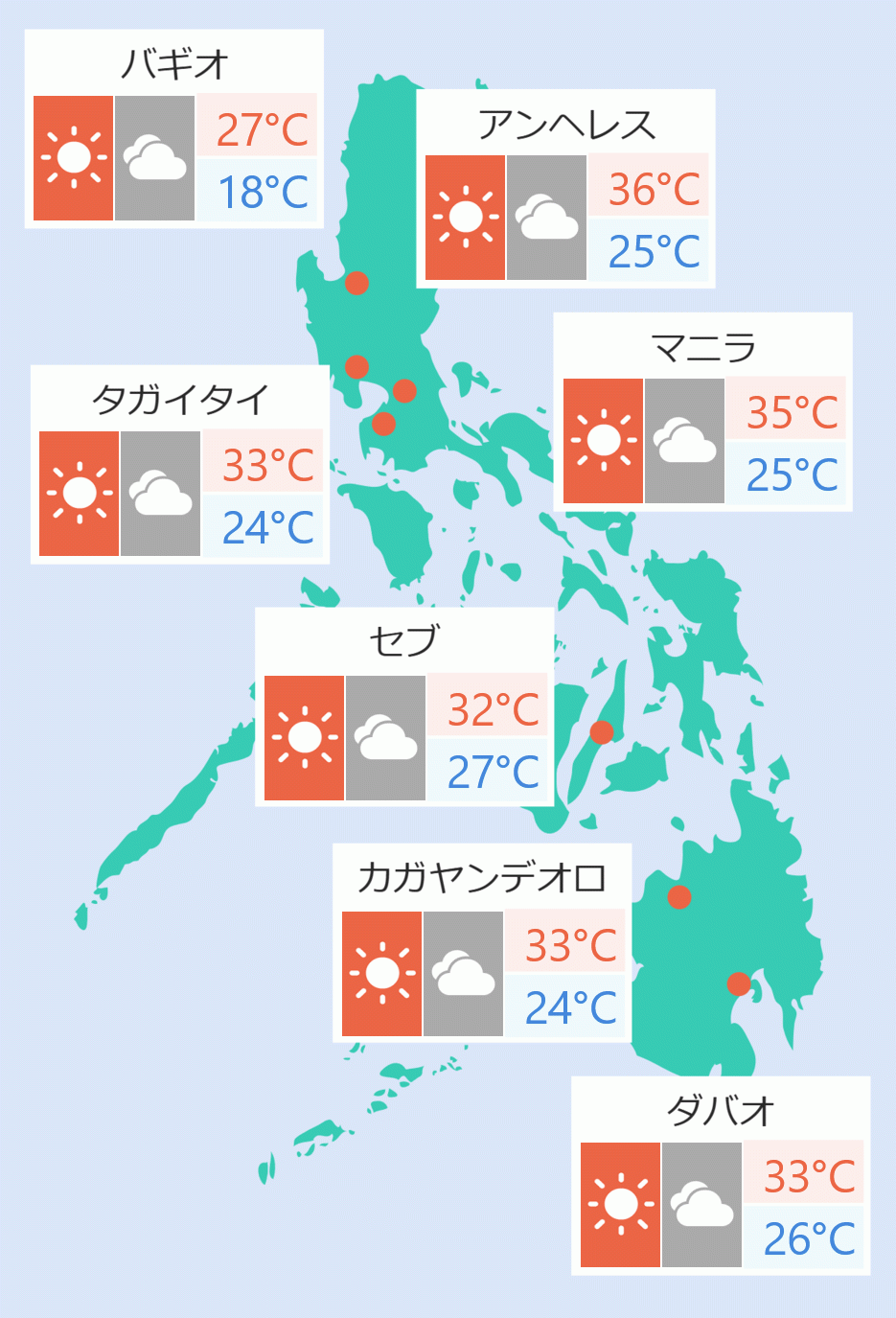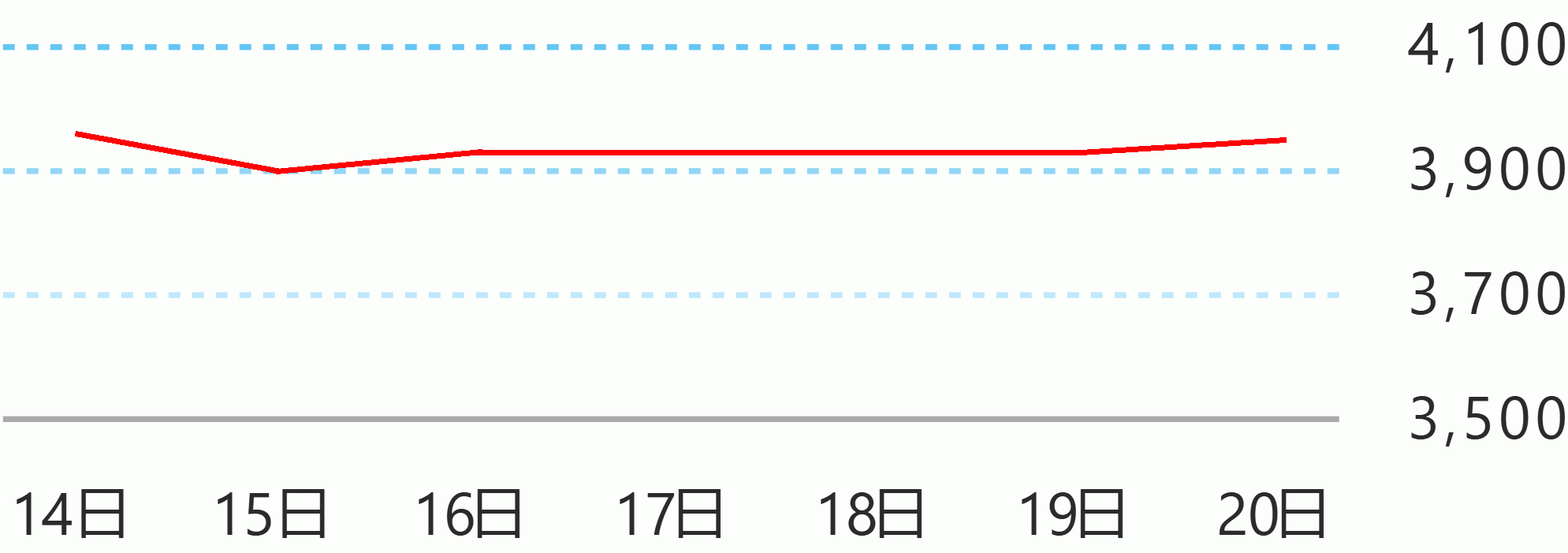Presidential Spokesman Harry Roque said that before the implementation of the expanded pilot alert level system in other provinces was announced, the concerned local government units were consulted.
"The LGUs of all the regions and provinces that will implement the alert level system were consulted. Maybe the whole League of Governors were not consulted because the alert level system will not be implemented in all provinces, but the LGUs in the expanded pilot areas were consulted because they are the one who will implement this," he said.
Marinduque Gov. Presbitero Velasco Jr., head of the League of Provinces in the Philippines, stressed the need to give LGUs enough time to prepare the implementation of the alert level system that will also depend on different geographical locations in every province.
Roque said Alert Level 4, the highest, will be implemented in Negros Oriental and Davao Occidental. Alert Level 3 will be in place in Cavite, Laguna and Rizal; Siquijor, Davao City.
Alert Level 2 will be enforced in Batangas, Quezon Province and Lucena City; Bohol, Cebu City, Lapu-lapu City; Mandaue City; Davao de Oro, Davao del Sur and Davao Oriental.
"The copy of the IATF Resolution 144-D was released last Tuesday October 19 and it became effective by October 20 or just the next day. This is why the League of Governors is asking for sufficient time for the local government units to explain to their constituents the content of the new system," he said.
Velasco said the LPP also requested for the publication of the information about the alert level system in the newspaper.
"In case of a change in system we also request if we can publish it in the newspaper of general circulation. There are areas which do not have good internet connection, the mountainous areas do not have access to these reports and new issuances," he said.
Velasco said the government should start giving more vaccines to the provinces as the OVID-19 situation in Metro Manila is improving.
Velasco did not mention the provinces seeking more vaccines. He added that generally, low risk areas get 40 percent from the government. Robina Asido/DMS





 English
English










